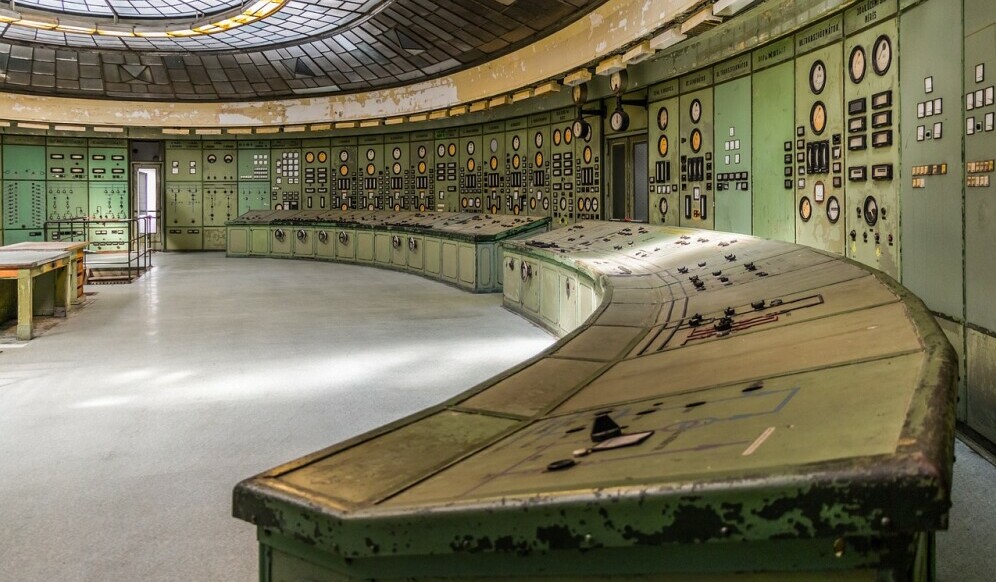
Nuclear decommissioning is a subject that rarely makes headlines, yet its importance cannot be overstated. It refers to the process of safely retiring a nuclear facility once it has reached the end of its functional life. This involves the disassembly of plant structures, the safe handling and disposal of radioactive materials, and the restoration of the environment to a condition suitable for other uses.
Every nuclear power plant is designed with a finite lifecycle, commonly spanning several decades. When a plant ceases operations, it doesn’t simply shut down; rather, it enters a complex and intricate phase known as decommissioning.
To appreciate the scale of the task, it’s helpful to look back. Following World War II, nations raced to develop nuclear technology, resulting in the construction of numerous reactors. These facilities, once symbols of progress and energy independence, are now aging structures requiring careful dismantling.
I always maintain a focus on the people this process affects. Workers’ safety during decommissioning is paramount, as is safeguarding the surrounding community. The process isn’t just about managing the past, but also protecting our collective future.
Top Technical and Safety Challenges in Decommissioning
Decommissioning a nuclear facility is not as simple as turning off a switch; it’s a technically complex and safety-critical process that spans years. One of the primary concerns during this process is managing the radioactive waste that remains a hazard for centuries. It’s a daunting task that requires meticulous planning and execution to ensure this material is stored securely without posing a risk to the public or the environment.
The next hurdle is dealing with the infrastructure itself. Picture buildings and reactors that have served for decades, housing machinery and systems that have become obsolete. The technology developed for the construction and operation of these facilities decades ago is often no longer supported or is incompatible with today’s advancements. This obsolescence poses significant technical challenges in safely dismantling structures and decontaminating sites.
Cost is an inescapable factor. The spectrum between thorough decommissioning and limited budgets can lead to difficult decisions. The key is to achieve a balance where safety is not compromised in the face of financial constraints. It’s not just the immediate costs that matter; long-term surveillance and maintenance of decommissioned sites can become a financial burden for future generations if not planned properly.
There’s no room for error in this field, which is why international cooperation and the sharing of best practices are integral. By collaborating and learning from one another, countries can improve their strategies and technologies for decommissioning, ensuring a safer process for everyone involved.
This multi-faceted approach becomes the bridge to the next part of our discussion: the role of innovation and policy in overcoming these challenges. As we look ahead, we’ll see how new technologies and robust policies can transform these obstacles into opportunities, creating a sustainable path forward for decommissioning efforts.
Embracing the Future: Innovation and Policy in Nuclear Decommissioning
We stand on the precipice of opportunity when it comes to nuclear decommissioning. By investing in advanced technology, we’re not merely tearing down old structures; we’re building the foundation for safer and more efficient dismantlement strategies.
Policy plays a crucial role. Clear, stringent regulations ensure decommissioning proceeds without cutting corners, safeguarding our communities and environment. Furthermore, accountability and oversight are non-negotiable. Agencies dedicated to these tasks are our guardians, ensuring every step is in line with rigorous safety standards.
Public participation cannot be overlooked. Decommissioned sites affect entire communities, so involving local stakeholders in planning and decision-making processes is not just fair, but essential. Their involvement brings about transparency, builds trust, and enhances the decision-making process.
There’s also a silver lining; decommissioning offers a lens to view nuclear energy through the prism of sustainable development. Each site presents unique challenges, but also opportunities—to innovate, to research, and to potentially repurpose lands for the public good after careful decontamination.
As we look to the near future, it’s clear we must refine our approach. Climate change introduces new variables and pressing reasons to tackle decommissioning proactively and creatively. By doing so, we commit to a legacy that’s not defined by nuclear waste, but by a steadfast commitment to progress and safety.

Leave a Reply